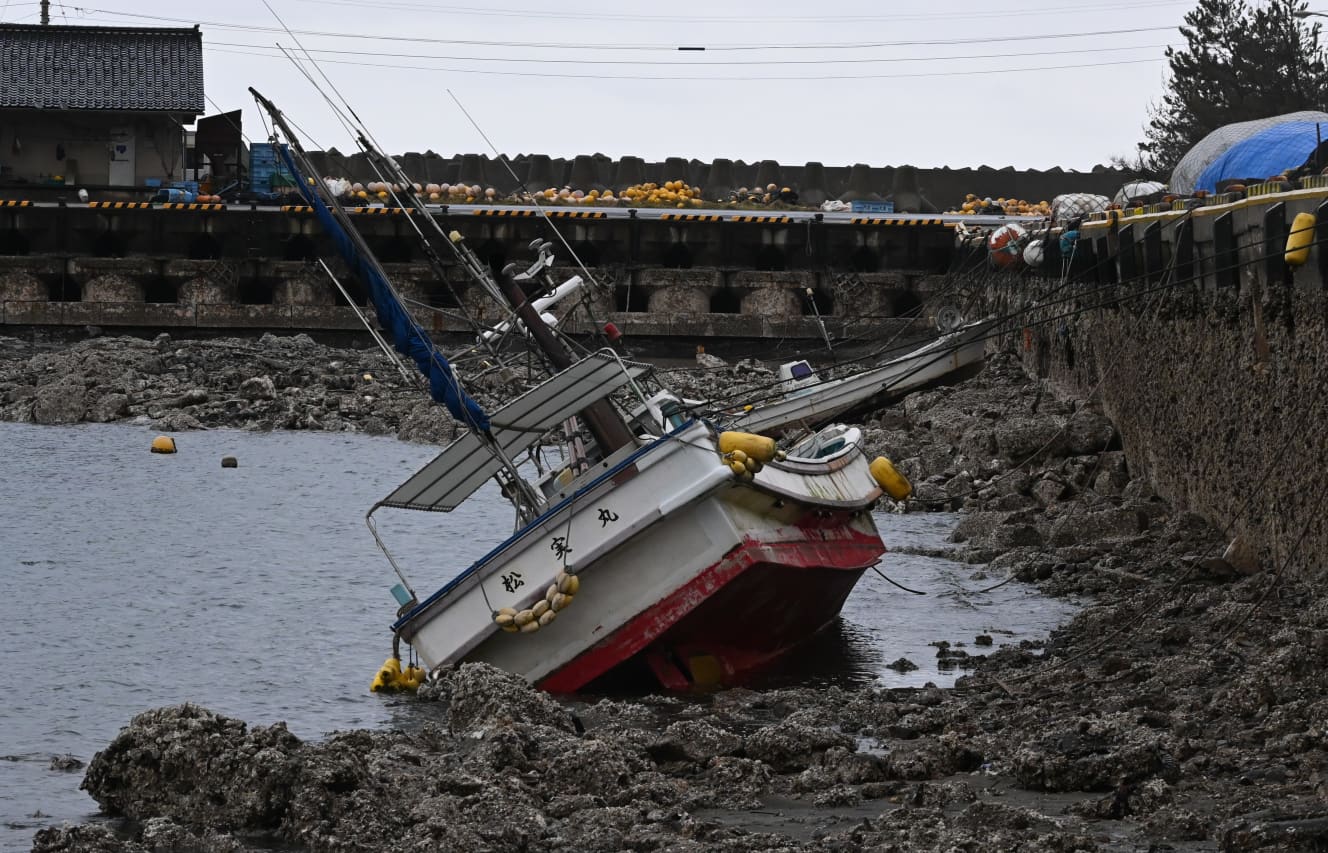Noto Earthquake Devastates Fishing Industry and Port, Elicits Local Grief
“There used to be around 300 fishing boats in Wajima. With this, fishing is impossible now. It’s the end.”
Mr. A, a man in his 50s who used to be the captain of a fishing boat and other pleasure boats in Wajima, located in the northern part of Ishikawa Prefecture, looked at the harbor in the city and lowered his shoulders. A fishing boat that had been washed up and run aground in the harbor had turned over, showing the bottom of the boat, and was in a pitiful state.
The Noto earthquake struck the Hokuriku region on New Year’s Day, the day to celebrate the start of the new year. The unprecedented seafloor upheaval that dealt a fatal blow to many fishing ports was caused by an active fault line extending more than 100 km that moved up and down, causing the ground to rise sharply. According to the Geospatial Information Authority of Japan (GSI), the uplift was up to 4 meters, transforming a vast area of 4.4 km2 (about 94 times the size of Tokyo Dome) from sea to land.
In some areas, the original coastline has moved 200 meters away. The average rate of ground uplift is about 1 mm per year. In the 4 to 5 seconds immediately after the earthquake, uplift of up to 4 meters occurred. In simple arithmetic, this means that 4,000 years’ worth of uplift occurred all at once.
There is no way to transport fish
When the “FRIDAY” reporter visited the area, he was confronted with the fury of nature as the sea disappeared over a vast area (see related image).
The aforementioned Mr. A lamented.
“A few years ago, due to the soaring fuel prices, we held a demonstration march in front of the National Diet, saying, ‘We can’t afford to send out boats like this.’ As a result, about 100 boats quit fishing. And now, this earthquake… The elevation of Wajima’s port is about 1 to 1.5 meters, and although the quay has collapsed, we can still somehow get on and off the boats. However, even if we go fishing, there are no auctions taking place (at the market), and the facilities for making ice (to store the fish) have also been destroyed. There’s no way to transport the fish to the markets in Kanazawa or Kaga, the prefectural capital.”
The severe damage is not limited to fishing ports. Dangerous conditions persist even inland.
In Ichinose Town, Wajima City, where this reporter visited, a large landslide caused by the earthquake blocked the river, causing the overflowing water to flow into the village and fields like a waterfall. If the sediment dam holding back the river were to break, it would cause a secondary disaster, resulting in even more extensive damage. The Ministry of Land, Infrastructure, Transport, and Tourism and local government authorities were working at a rapid pace to prevent mudslides by piling up large sandbags.
In Wajima City, at least 10 locations have confirmed soil and sand dams. It has been almost a month since the earthquake occurred. Local residents still haven’t been able to resume their daily lives and are living in anxious days.

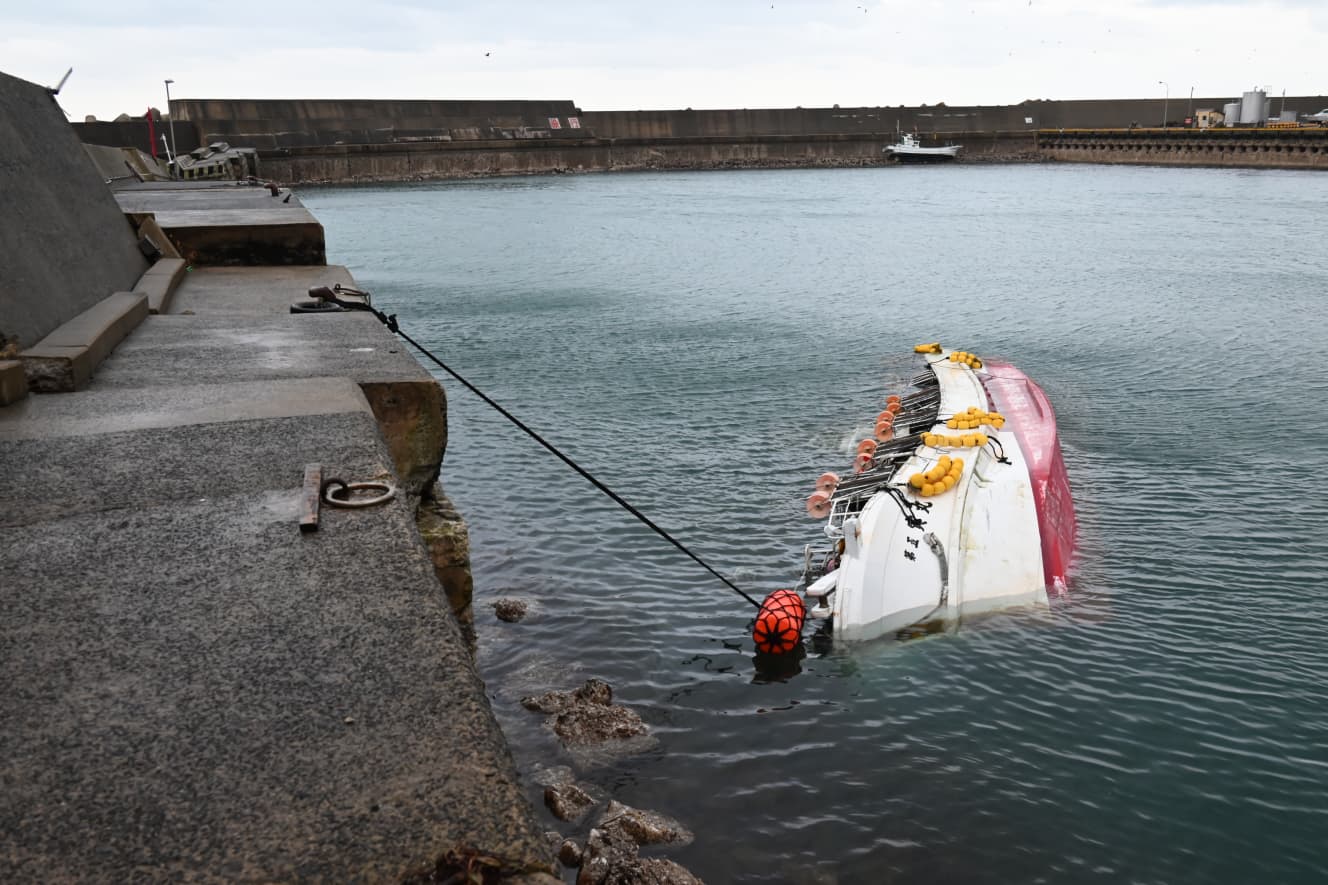
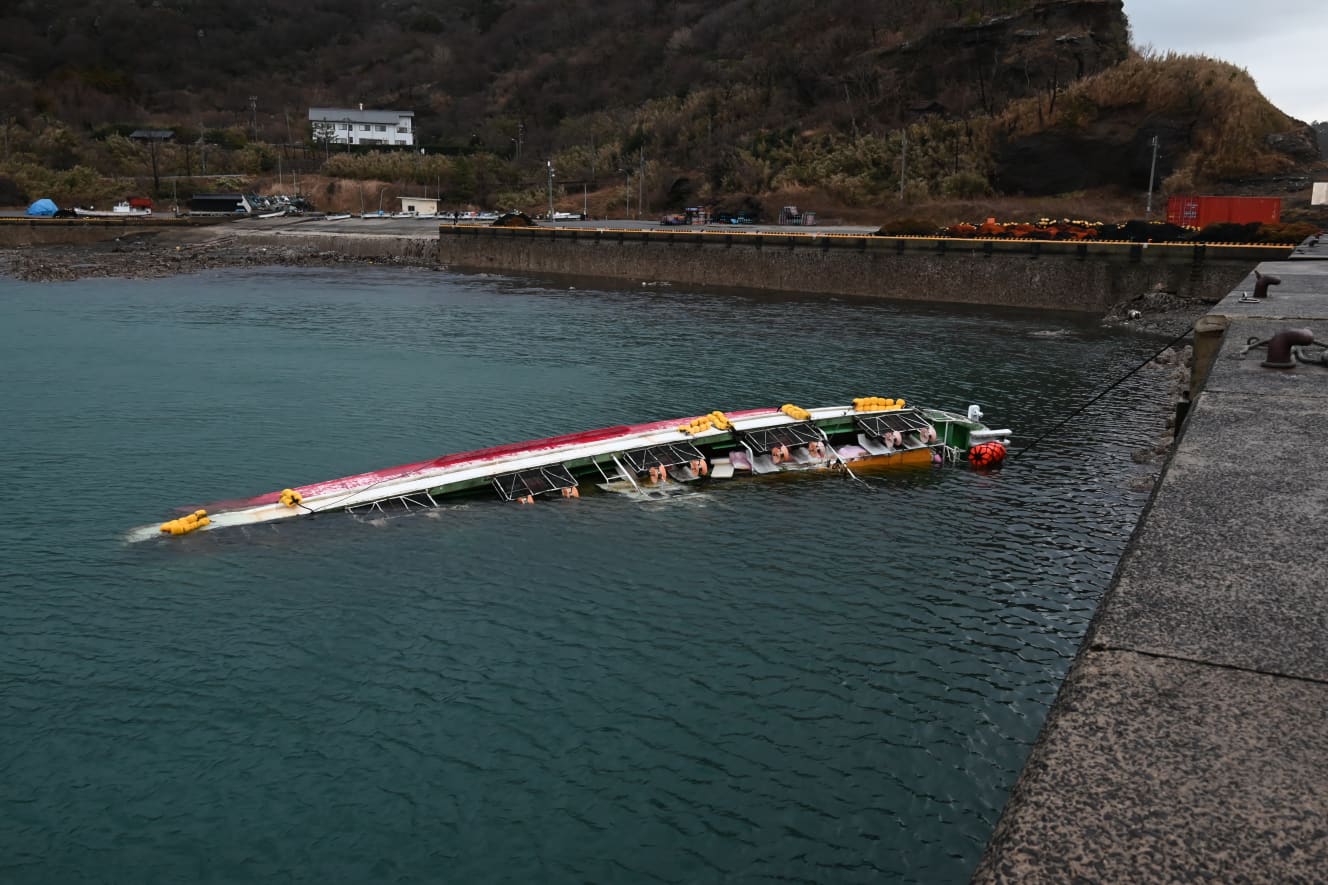

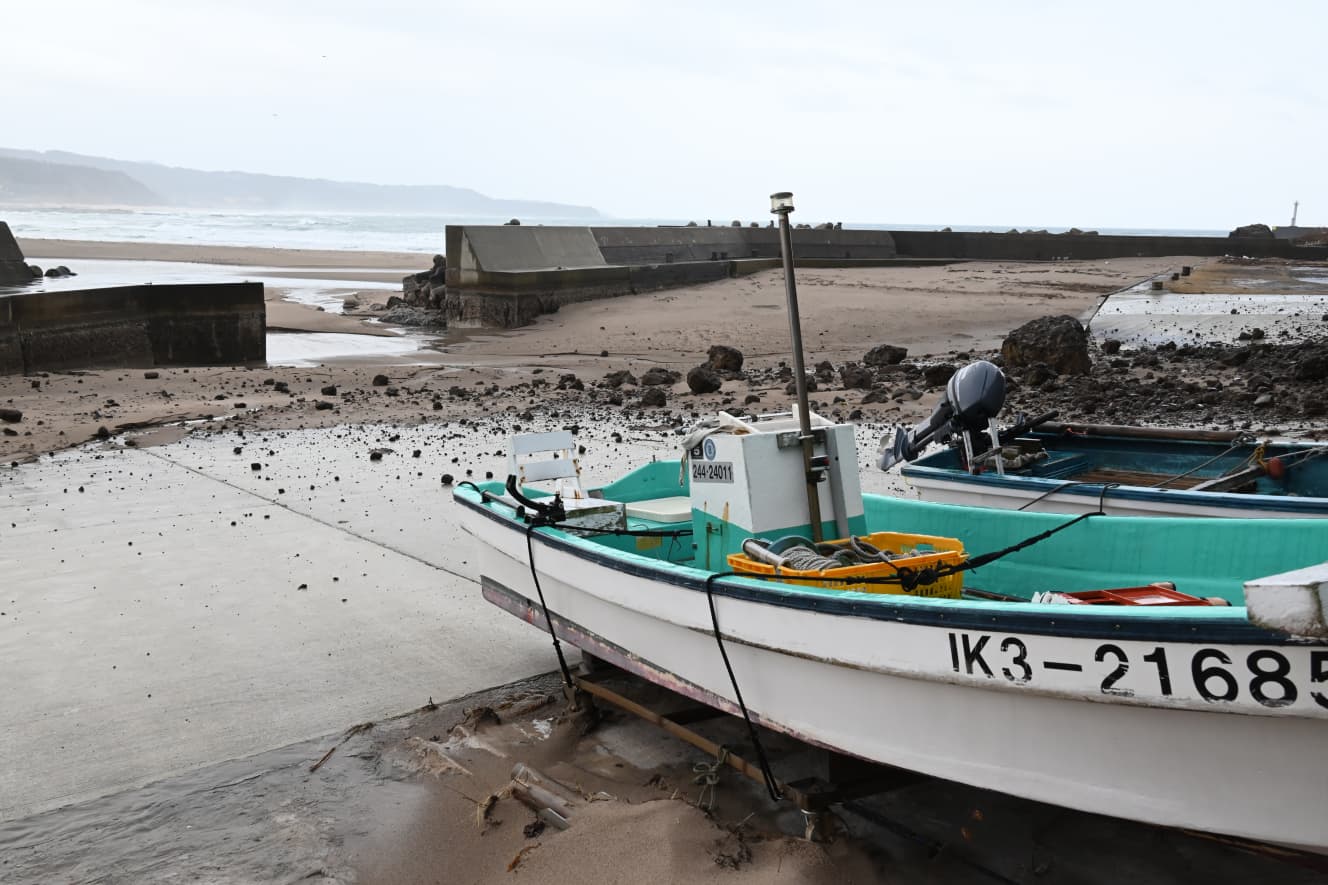
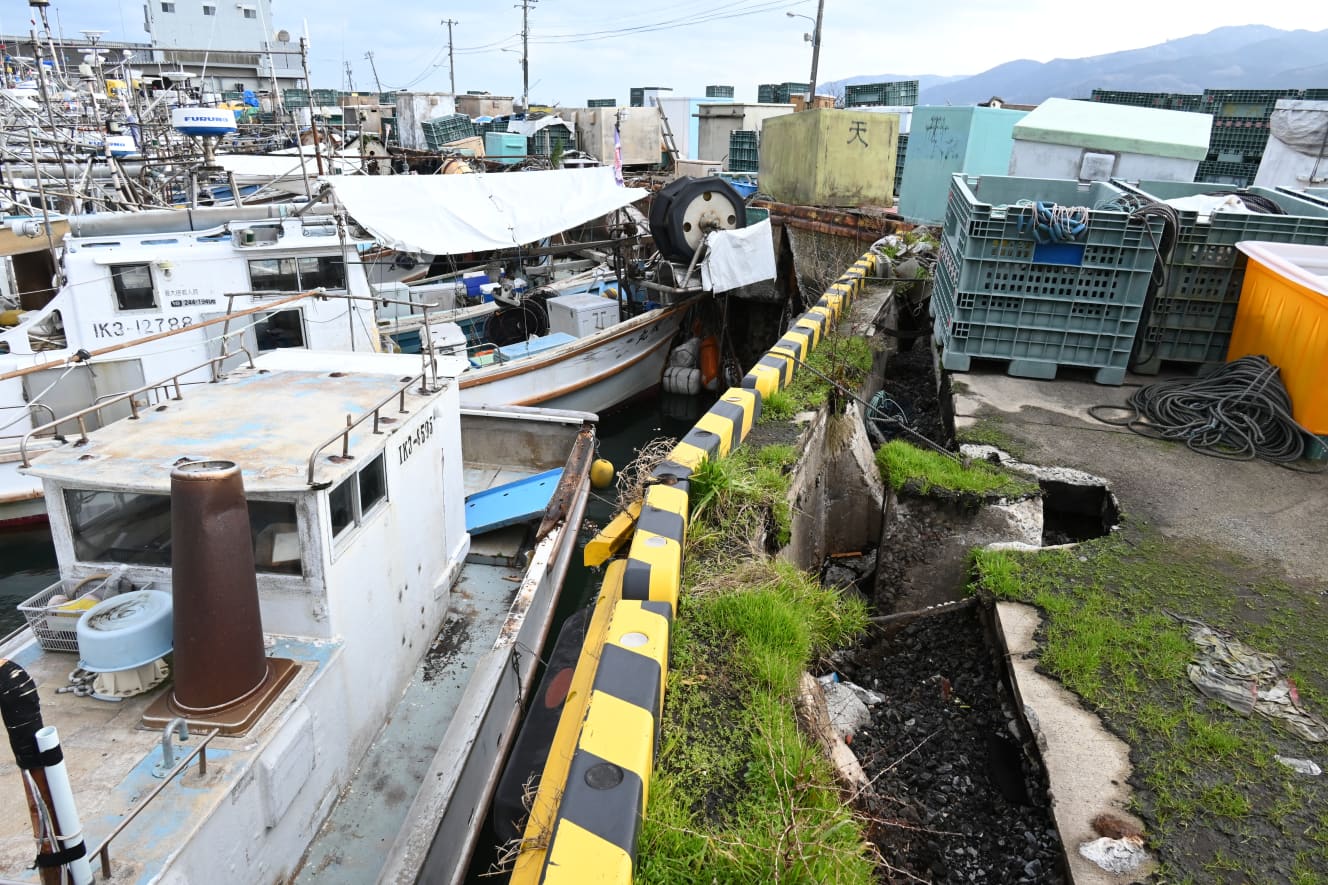
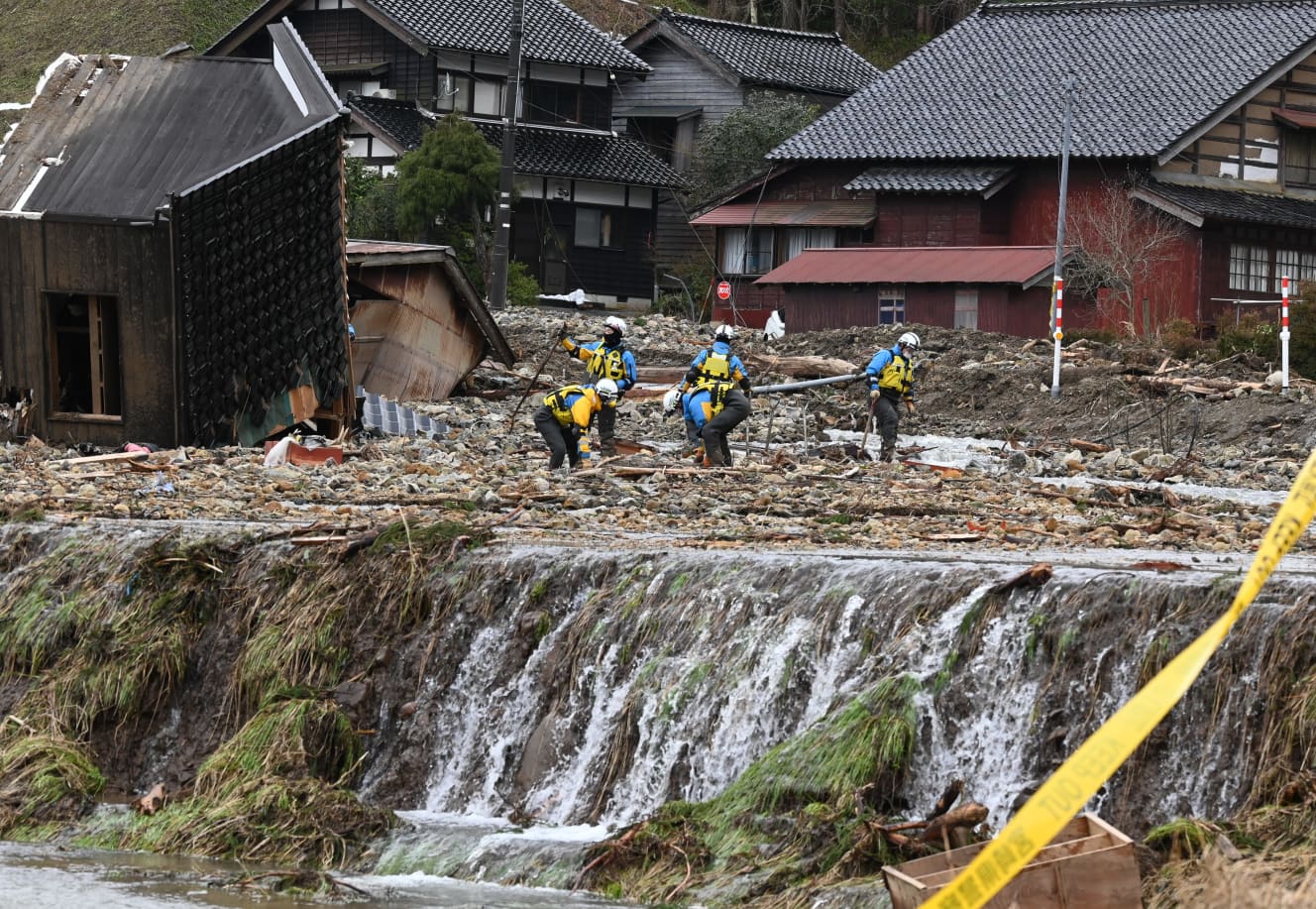
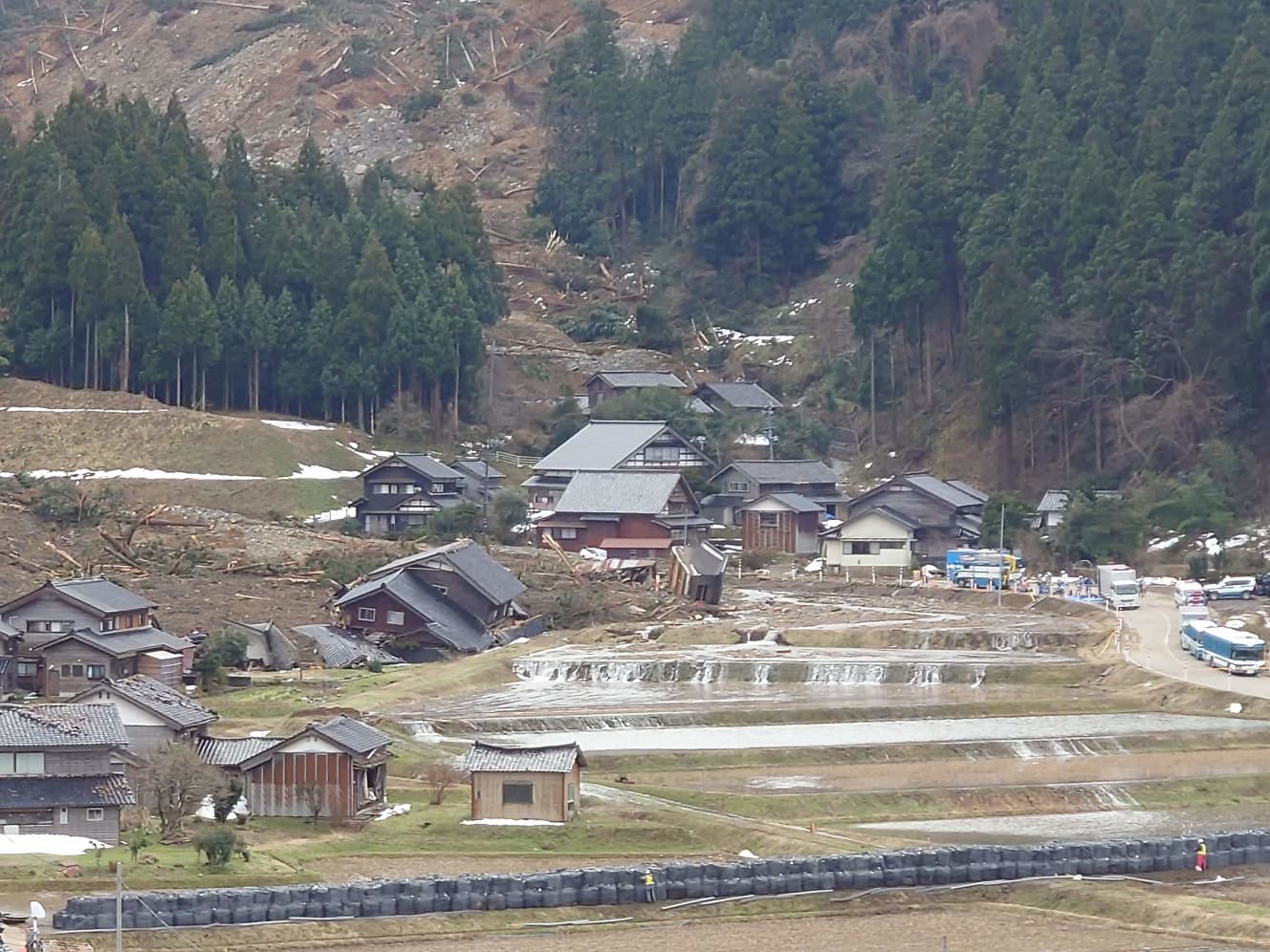

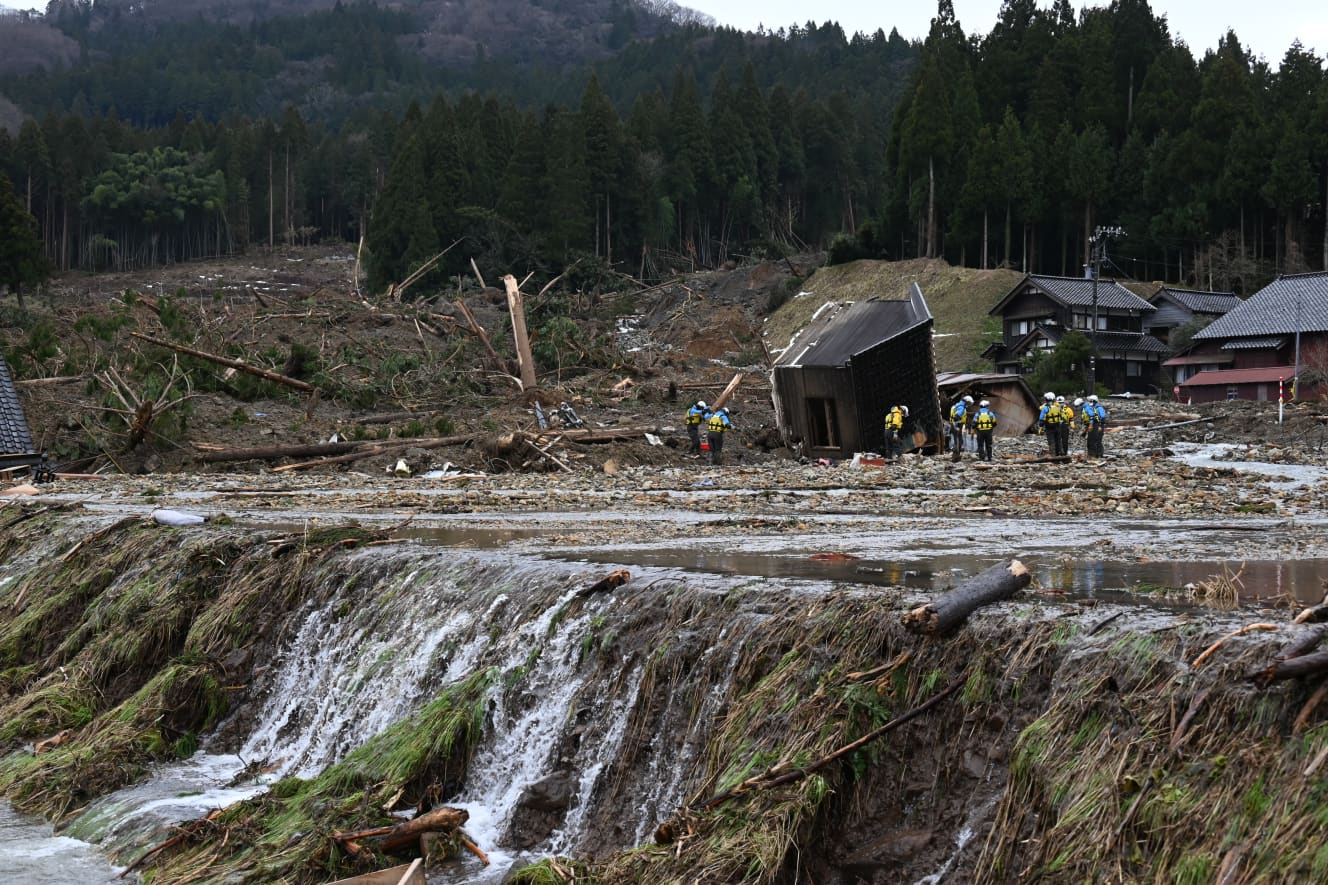
PHOTO: Masahiro Kawayanagi
